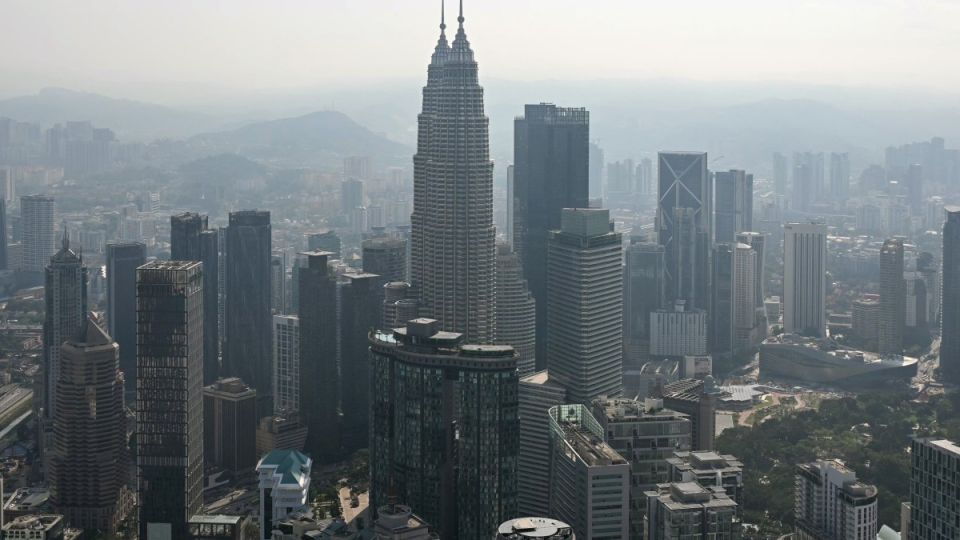November 20, 2025
BANGKOK – Malaysia continues to maintain its position as a net creditor country, supported by strong external resilience and sizeable non-reserve foreign currency assets held by Malaysian corporates and financial institutions, says Datuk Seri Anwar Ibrahim.
The Prime Minister said Malaysia’s Net International Investment Position (NIIP) remained positive at RM77.3bil, equivalent to 3.9% of gross domestic product (GDP) as at the end of the third quarter this year.
“This clearly shows that Malaysia remains a net creditor nation,” he said in a parliamentary written reply dated Tuesday (Nov 18).
He added that large external non-reserve assets provide an added buffer to the country’s ability to meet foreign currency obligations.
Datuk Seri Hamzah Zainudin (PN-Larut) had asked about government measures to maintain the country’s ability to manage external debt, given that Bank Negara Malaysia’s international reserves as at August are only able to cover 4.8 months of import requirements and 0.9 times short-term external debt.
Anwar, who is also Finance Minister, stressed that Malaysia’s capacity to meet external requirements and repay short-term external debt “remains strong”.
“Bank Negara Malaysia’s gross international reserves are fully usable and sufficient to support its mandate in ensuring orderly functioning of the foreign exchange market.
“At the same time, corporates and financial institutions have built up significant non-reserve external assets that can be mobilised to meet foreign-currency commitments,” he said.
He added that as of Oct 31, Malaysia’s reserves stood at US$123.8bil (RM521.6bil), comfortably above international adequacy thresholds of three months of retained imports and covering 0.9 times short-term external debt.
Anwar said the reserves also stood at 104% of the International Monetary Fund’s (IMF) Assessing Reserve Adequacy (ARA) metric.
On Malaysia’s overall external debt, he said risks remain contained.
He explained that external debt totalled RM1.4 trillion, or 69.4% of GDP, at the end of the third quarter, adding that it is “a level assessed to be safe and not detrimental to Malaysia’s economic outlook.”
He said the IMF’s Debt Sustainability Framework suggests that external debt becomes risky only when accompanied by large short-term borrowings, heavy exposure to foreign-currency loans, and persistent current account deficits – conditions that do not apply to Malaysia.
“About 56.9% of our external debt comprises medium- and long-term borrowings, reducing refinancing risk,” he said.
Short-term external debt risks also remain manageable, he added, as much of it falls under Bank Negara’s prudential requirements and is supported by strong export earnings.
Anwar said the Federal Government’s external debt is “small and remains low”, making up less than 3% of Malaysia’s overall foreign-currency-denominated external debt.
Most of its external borrowings, he said, are ringgit-denominated, insulating them from currency mismatch risks.
“This reinforces the view that Malaysia’s external position is healthy, resilient and responsibly managed,” he added.

